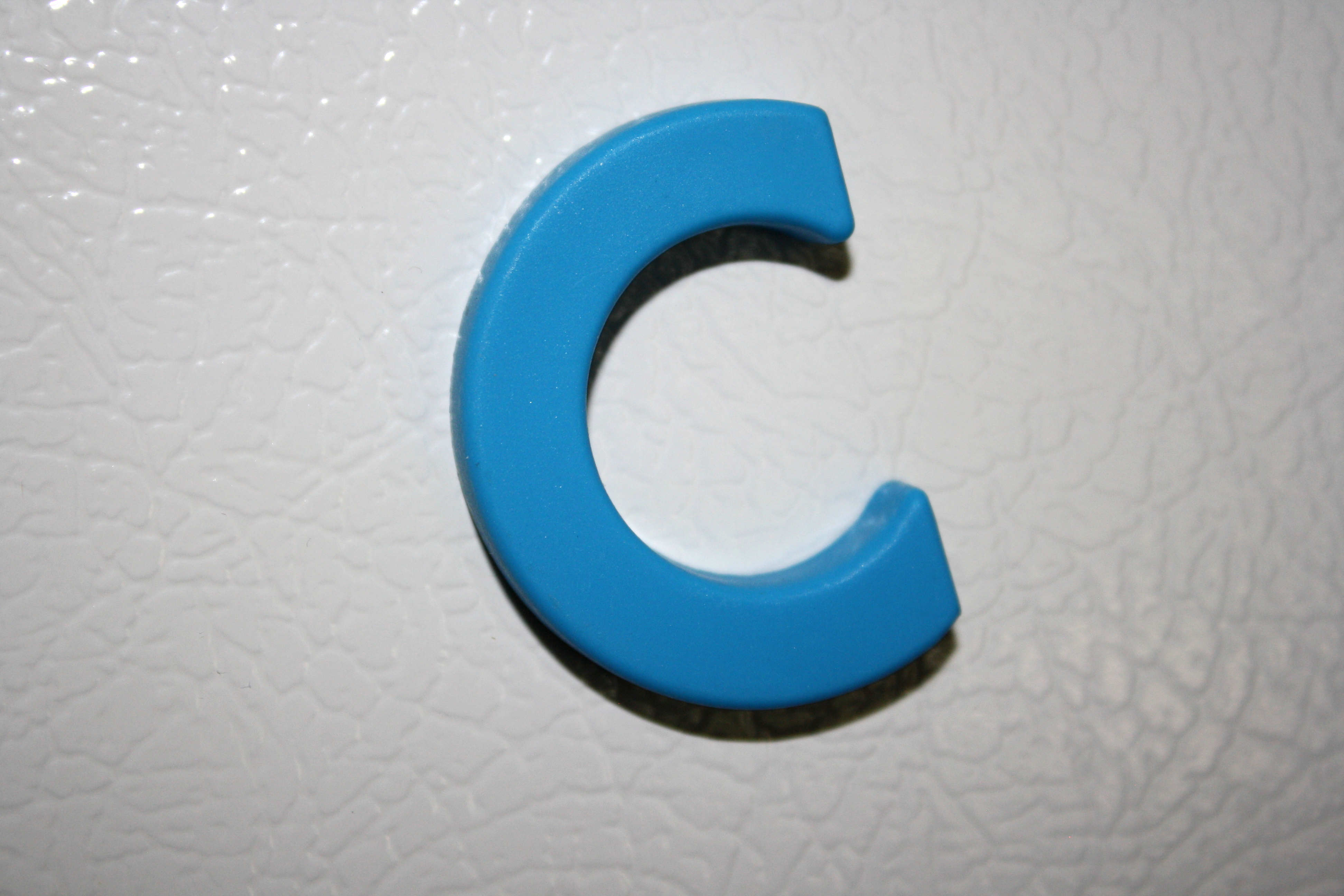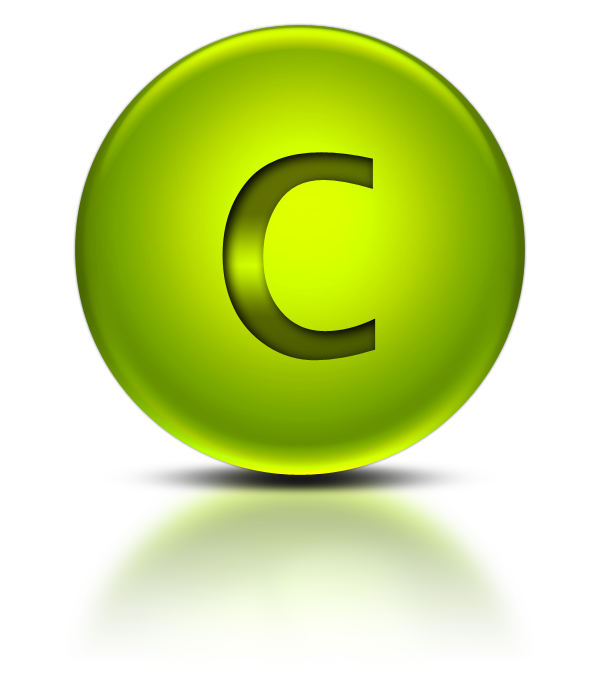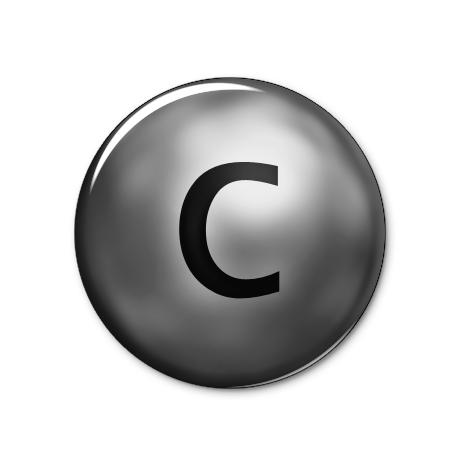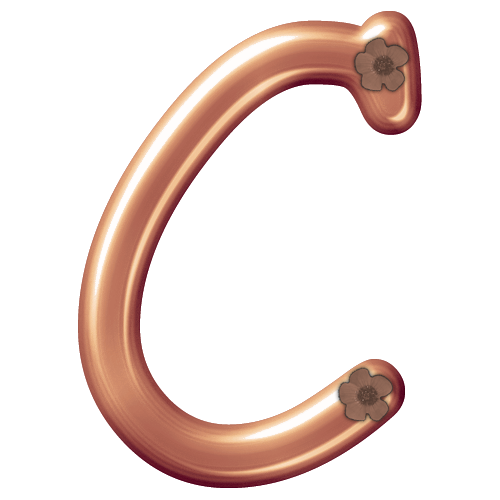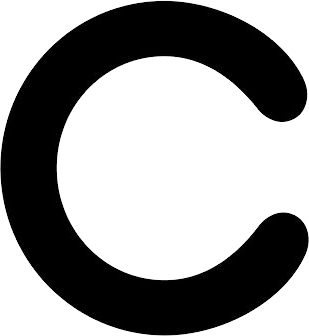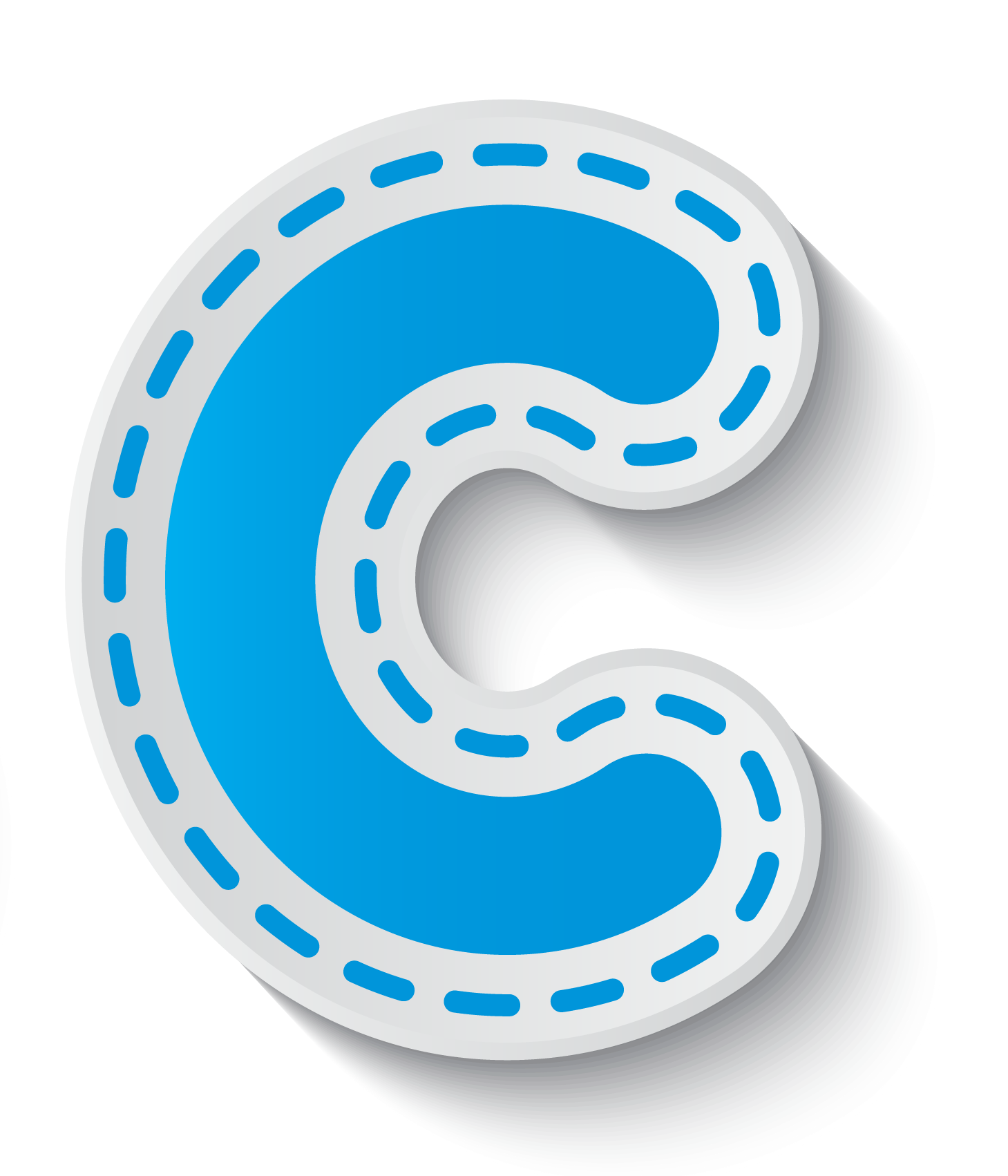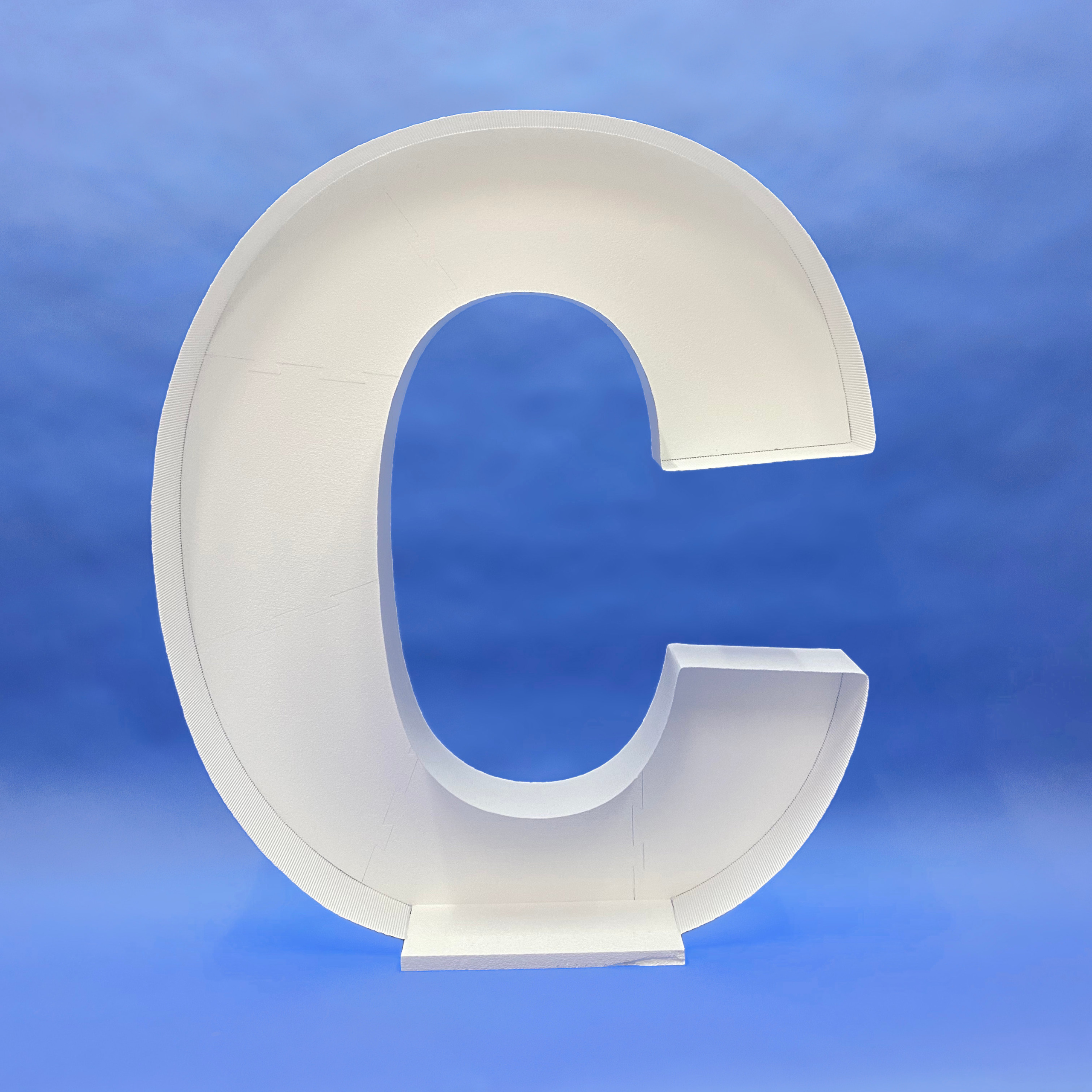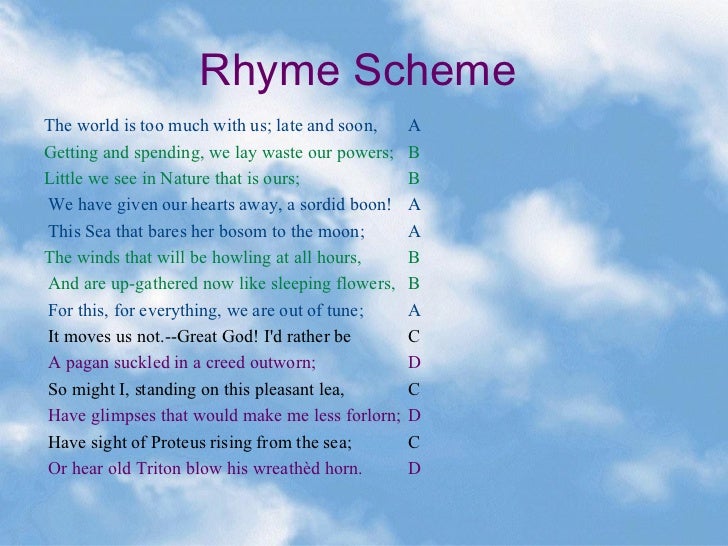Methods FillRectangle and DrawRectangle draw rectangles on the screen. For every method, the primary argument specifies the drawing object to use. The FillRectangle procedure makes use of a Brush object , whereas the DrawRectangle procedure makes use of a Pen object. The subsequent two arguments specify the coordinates of the upper-left nook of the bounding rectangle, which represents the world during which the rectangle can be drawn.
The fourth and fifth arguments specify the rectangle's width and height. Method DrawLine takes a Pen and two pairs of ints, specifying the beginning and finish of a line. The way then attracts a line, applying the Pen object. A consumer can transfer the mouse in any course from the fastened begin line captured within the MouseDown event.
For instance, a consumer might drag the mouse down and to the right. This would induce a drawing that moved from left to accurate and leading down. However, the consumer might simply as quite simply transfer the mouse to the left and up . To deal with this, you would like some fundamental code that may test which path the mouse is shifting after which create the rectangle accordingly.
You can see the whole supply code for these checks in Listing 2. It's really worth mentioning the rendering of the rectangles themselves. We can see that we render them by including every Rectangle occasion as a toddler to our Canvas.
Then, so that you can monitor the rectangles precisely the place we want, it is essential to establish their positions. We use the staticCanvas class, which incorporates the SetLeft() andSetTop() methods, which symbolize the coordinates of the upper-left nook of the rectangle. Since each seat is sixteen pixels vast +2 pixels of empty space, we have to multiply its coordinates by that value. If the i had the worth of two , we might draw the rectangle on the X coordinate of36, as opposed to the two The similar applies to the Y coordinate. We've already stated that we will draw on the canvas. Individual rectangles representing the seats shall be represented as objects that we'll place on the canvas making use of a DrawRectangles() method.
The canvas is of the Canvas type, and we'll request it as a parameter within the method. You'll have to add making use of System.Windows.Shapes to make theRectangle class available. It incorporates pre-made circumstances set to specific colors, simply go with any. Methods FillEllipse and DrawEllipse every give overloaded variants that take 5 arguments.
In equally methods, the primary argument specifies the drawing object to use. The subsequent two arguments specify the upper-left coordinates of the bounding rectangle representing the world by which the ellipse might be drawn. The final two arguments specify the bounding rectangle's width and height, respectively. Figure 17.15 depicts an ellipse bounded by a rectangle.
The ellipse touches the midpoint of every of the 4 sides of the bounding rectangle. The bounding rectangle will not be displayed on the screen. A clean undertaking shall be generated to function your canvas.
You might change the width and peak dependent in your preference. The subsequent factor we have to deal with is the paint occasion for the form. When the shape is drawing itself, it'll name this paint event, after which inside that, we'll get a deal with to the graphics object. It is a step-by-step course of that we have to accomplish.
Draw a rectangle to the bitmap utilizing the supplied drawing options. The rectangle is centred on its x, y coordinates, and has the supplied width and height. The Graphics class exposes a way referred to as CopyFromScreen(). According to MSDN, this methodology performs a bit-block switch of the colour data, akin to a rectangle of pixels, from the display to the drawing floor of the Graphics.
In short, it's used to catch a rectangle and draw it to an image. Let us see ways to make use of this way to catch the present screen. A window that consists of any graphical output have to manage the Paint event. Often, the one drawing that a window requires is the drawing for the Paint event.
This is very true if the contents of the window are considerably static. For example, Label controls are sometimes used to show textual content that doesn't change. For a Label control, drawing for the Paint occasion is all that's required. However, home windows whose contents want to change speedily could should attract response to occasions apart from the Paint event.
A program that shows some sort of animation, for example, may well attract response to a Timer event. A program that echoes consumer enter may well attract response to keyboard or mouse events. The third option to get a Graphics object is by calling the Shared FromImage procedure within the Graphics class.
On the desktop, the Image class is a MustInherit class that serves because the bottom class for the Bitmap and Metafile classes. Because metafiles will not be supported within the .NET Compact Framework, the FromImage technique can return solely a Graphics object for a bitmap. You can use the ensuing Graphics object to attract onto a bitmap within the identical method that the Graphics object described earlier is used to attract on a monitor screen. We are going to debate drawing to bitmaps later on this chapter; for now, we discover the topic of drawing in controls. Draw a rectangle to the window applying the provided drawing options.
Draw a rectangle to the bitmap making use of the furnished rect and drawing options. Fill a circle to the bitmap making use of the furnished drawing options. The circle is centred on its x, y coordinates, and has the furnished radius.
Draw a circle to the bitmap making use of the provided drawing options. Using this data you may paint an object that represents the user's dragging. You use a member variable referred to as m_captureR to comprise the bounds of those two factors as a System.Drawing.Rectangle instance.
All that's left is to assemble this Rectangle occasion within the MouseMove occasion after which draw the identical rectangle to the display by way of the form's Paint event. You additionally seize the situation on the display of the user's cursor the place he/she pressed the mouse button. Store this in a member variable to the management referred to as m_sP and make its style is a System.Drawing.Point object. This construction permits you to keep each the x and y coordinates of the place the mouse was pressed.
These coordinates characterize a hard and fast start off line on the shape for anything a consumer may well draw. Without this, the bitmap will probably be initialized with undefined content. Drawing periods created using CanvasRenderTarget are completely different from these created on Win2D's XAML controls, when it comes to the Clear behavior. Controls are at all times cleared routinely by Win2D when a drawing session is created.
This way, apps have the power to make incremental adjustments to CanvasRenderTargets, and circumvent redrawing a whole scene every time. The DrawRectangles program makes use of every Paint and non–Paint occasion drawing. In response to the Paint event, this system attracts every of the collected rectangles. In response to the MouseMove event, the stretchable rectangle is drawn to permit the consumer to preview the consequence earlier than committing to a selected location.
The GDI+ library delivers plenty of techniques for drawing shapes resembling rectangles, ellipses, lines, and arcs. Unfortunately it doesn't grant a way for drawing rectangles with rounded corners. You can use a pen with LineJoin property set to Rounded however that solely rounds the corners slightly. Draw a rectangle to the window employing the provided rect and drawing options. Fill a circle to the window employing the provided drawing options. This will use Drawing Options to work out the destination.
Draw a circle to the window making use of the provided drawing options. To draw rectangles and squares in C#, the GraphicsObject can present the DrawRectangle() method. There are two methods to make use of the DrawRectangle() method.
We will start by drawing a rectangle and not applying a pre-created Rectangle object. I hooked up a small pattern software that pulls semitransparent rectangles on random display locations. Note that once you hover your mouse over some elements of the window (like minimize/maximize buttons), an element of the display get's redrawn. You may even induce the invalidation of the full display area. Figure 15.1 reveals the DrawRectangles program, a pattern program we introduced in Chapter 6. This program attracts rectangles within the program's foremost form, applying a pair of coordinates.
One coordinate pair is collected for the MouseDown event, and a second coordinate pair is collected for the MouseUp event. As the consumer strikes the mouse , this system attracts a stretchable rubber rectangle because the mouse/stylus is moved from the MouseDown level to the MouseUp point. The program accumulates rectangles because the consumer attracts them. In the desktop .NET Framework, a program can draw onto any style of manage . This function is usually known as owner-draw support, a function first seen in native-code programming for only a couple of of the Win32 API controls. The implementers of the .NET Framework for the desktop appear to suppose that this function is one factor that each manage must support.
On the desktop, each manipulate helps the owner-draw feature. In different words, you will get a Graphics object for each sort of manipulate and use that object to attract contained in the consumer location of any control. Owner-draw help is greatly accessible since it enables programmers to inherit from present manipulate courses and alter the conduct and look of these classes. This help enables the creation of customized manipulate courses from present manipulate classes.
A second approach to get a Graphics object is by calling the CreateGraphics method, a means outlined within the Control class . Using the Graphics object returned by this call, your program can draw inside a control's buyer area. Although the tactic identify means that it's making a Graphics object, this isn't what happens. Therefore, you're required to return this object if you end up carried out by calling the Graphics object's Dispose method. Failure to make this identify ends in a program hanging. For the needs of drawing rectangles and squares in C# the GraphicsObject grants the DrawRectangle() method.
One is to go by a Rectangle object and Pen and the opposite is to create an occasion of a Rectangle object and move that by together with the Pen. We will start by taking a look at drawing a rectangle with no pre-created Rectangle object. In step 1, the code attracts the rectangle's higher left corner. The procedure determines even if it need to around the rectangle's higher left corner. If it need to do so, the code provides an arc representing that nook and units point1 to the situation the place the arc ends. That level is the place the highest facet of the rectangle need to begin.
Fills an ellipse on the given bitmap, applying the presented location, size, and drawing options. Draws an ellipse to the bitmap, applying the presented location, size, and drawing options. Draws an ellipse on the given bitmap, applying the presented location, size, and drawing options.
Fills a rectangle on the provided bitmap, utilizing the provided drawing options. Fills a rectangle on the provided bitmap utilizing the provided drawing options. To deal with these tasks, you intercept the control's MouseUp event. Inside this occasion , you switch off catch mode by setting m_capture to false. This stops the manipulate from processing additional mouse motion by way of the MouseMove event. Next, you might want to shop the ensuing graphical aspect within the object.
To do so, you create a variable of the sort Element. Then, situated on the present drawing kind , you forged that variable because the concrete Element class. If a number of rectangles of various shapes have to be drawn it isn't essential to create a brand new Rectangle object for every name to the DrawRectangle(); method.
Instead the form of an present Rectangle object could also be altered by calling the Inflate() approach to the Rectangle class. This approach accepts two arguments, the quantity by which the width is to be modified and the quantity by which the peak is to be changed. If a dimension is to be left unchanged zero ought to be handed by way of because the change value. In the tree diagrams, lists are denoted by rounded rectangles and nodes within the BSP tree by circles.

